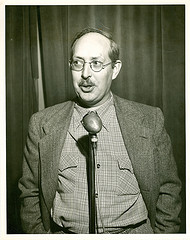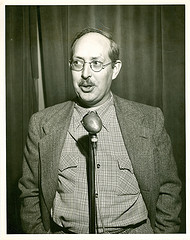Hot Dance Philosophy
Hot Dances
Adapted from a letter (1999) to a dance
organizer in another community; his organizing committee was hotly debating
what sort of dance should be encouraged
What is the vision of the series?
Let me add right away that this isn’t
just my question—it’s the one that was put forward by Larry Jennings over
several decades. (In fact, I think that pushing this question was one of
Larry’s most important contributions to the dance world; he obviously made it
part of my consciousness.
Some of the answers to the vision thing may come
as you and your committee discuss whether your aim is to build a community
dance or a so-called dance community.


 How this collection came to be: My work on the Bob McQuillen documentary, Paid To Eat Ice Cream, helped me realize how many stories of the previous generations of dancers had been lost. The New England Folk Festival one year held a “Remembering Ralph Page” session that attracted fewer than two dozen participants. Some potential participants were committed to other workshops at that same time, to be sure, but many of the people who had danced to Ralph Page simply were no longer alive. As I continued to search for photographs and films and stories from earlier eras of traditional squares and contras, I resolved that no matter what I was able to locate, at least I could ensure that more recent generations left a better record of their involvement.
How this collection came to be: My work on the Bob McQuillen documentary, Paid To Eat Ice Cream, helped me realize how many stories of the previous generations of dancers had been lost. The New England Folk Festival one year held a “Remembering Ralph Page” session that attracted fewer than two dozen participants. Some potential participants were committed to other workshops at that same time, to be sure, but many of the people who had danced to Ralph Page simply were no longer alive. As I continued to search for photographs and films and stories from earlier eras of traditional squares and contras, I resolved that no matter what I was able to locate, at least I could ensure that more recent generations left a better record of their involvement.